You're trying to calculate the ROI for your clients, but you're stuck on the daily running costs. Quoting only the electricity price feels incomplete and could lead to unhappy customers later.
The total daily operating cost of an electric tricycle is roughly $2–$5, including electricity, maintenance, and provisions for battery replacement. This is still 60-80% cheaper than a comparable gasoline vehicle.
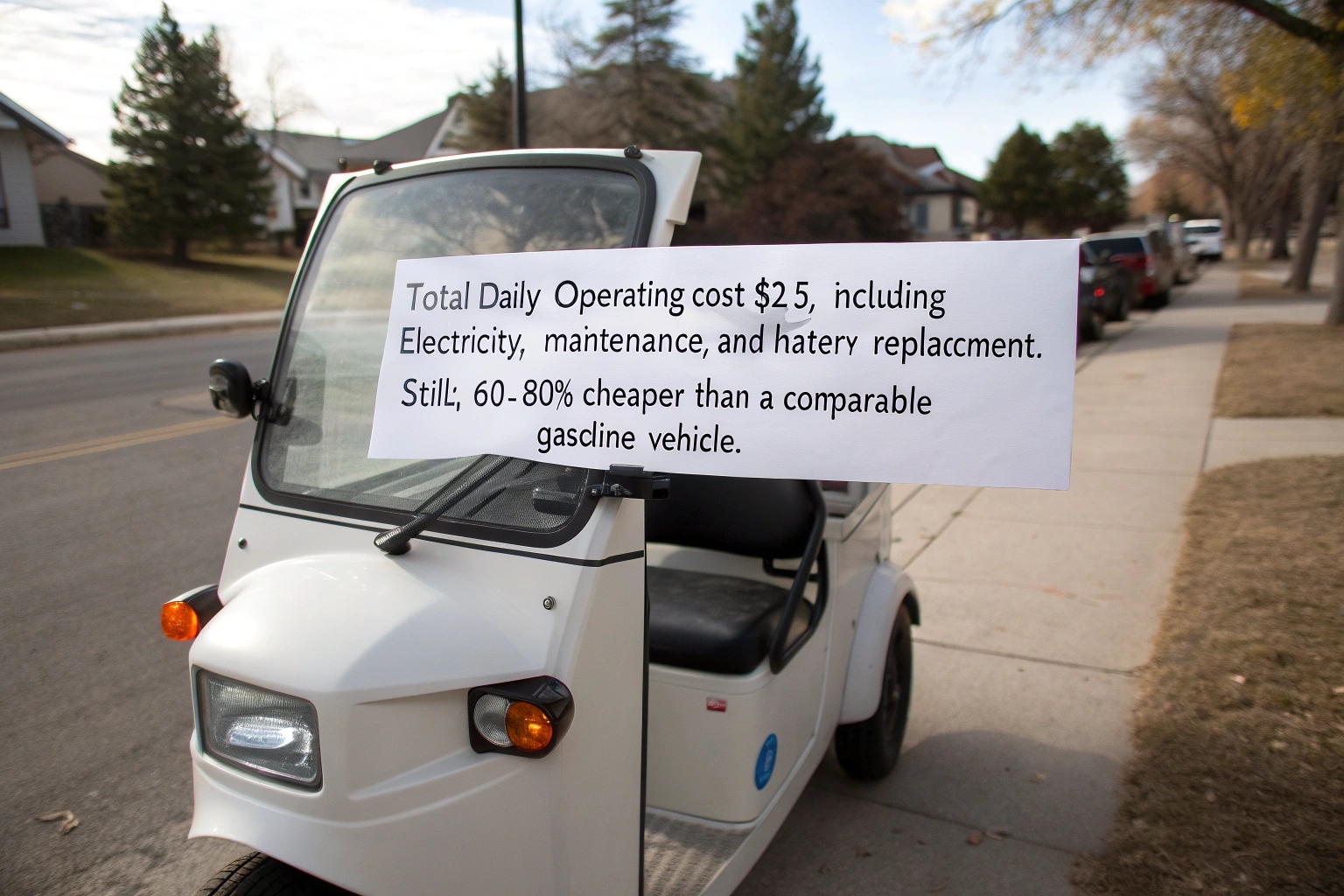
From my experience at the factory, the most successful distributors are the ones who can give their customers a complete and honest financial picture. The low cost of electricity is the headline, but the real story includes maintenance, tires, and even planning for future battery replacement. When you break down all these costs, the financial advantage of electric becomes undeniable. Let's look at the real numbers so you can build a solid business case for your buyers.
How Much Electricity Does an Electric Tricycle Consume Per Day?
You know the battery specs (e.g., 60V 60Ah), but you don't know how to translate that into a daily electricity bill for your customer.
A typical commercial tricycle with a 60V battery consumes about 3–5 kWh for a full day's work. This translates to roughly $0.30–$0.75 per day, depending on your local electricity rates.
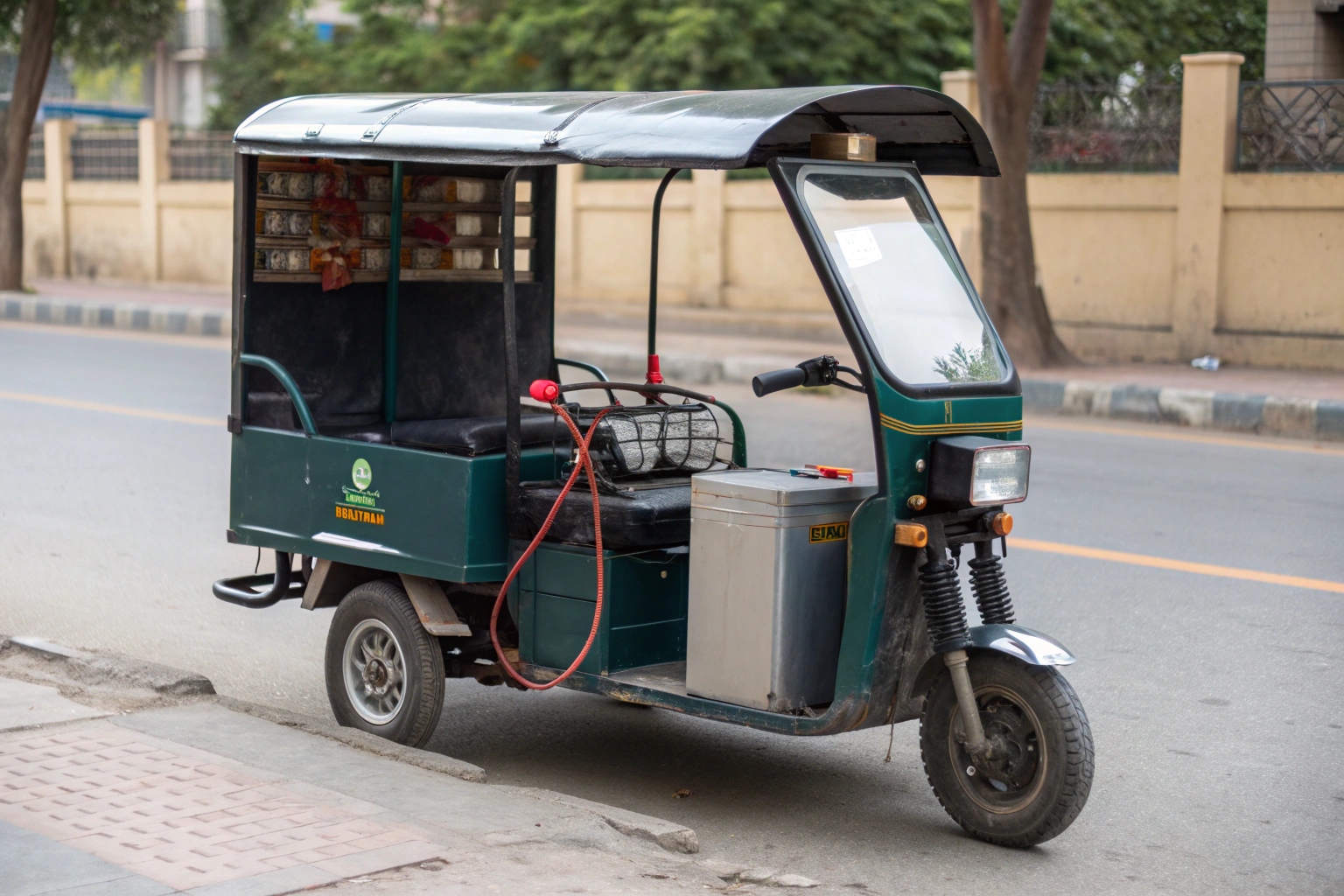
The electricity cost is the easiest part to calculate, and it’s where the savings begin. First, you need to find the battery's capacity in kilowatt-hours (kWh). The formula is simple: (Voltage x Amp-hours) / 1000 = kWh. A typical last-mile delivery trike might not use its full battery capacity every single day, but a busy electric tuk-tuk taxi probably will. With average electricity costs in many emerging markets around $0.10–$0.15 per kWh, the daily fuel bill is incredibly low. A more efficient lithium-ion battery will also draw less power from the wall for the same range compared to a lead-acid battery, adding to the savings.
| نوع المركبة | Battery System | Capacity (kWh) | Est. Daily Cost (@ $0.15/kWh) |
|---|---|---|---|
| Cargo Pickup | 60 فولت 60 أمبير | 3.6 kWh | $0.54 |
| Tuk-Tuk Taxi | 72 فولت 150 أمبير | 10.8 kWh | $1.62 |
| Garbage Trike | 60V 80Ah | 4.8 kWh | $0.72 |
What Are the Daily Costs of Running a Garbage Collection Tricycle?
You are bidding on a government sanitation project. You need to prove that your electric garbage trikes have a lower Total Cost of Ownership than small diesel trucks.
The daily operating cost for an electric garbage tricycle is just $1–$2. This includes electricity, prorated maintenance, and tires, making it dramatically cheaper than a fuel-based vehicle.
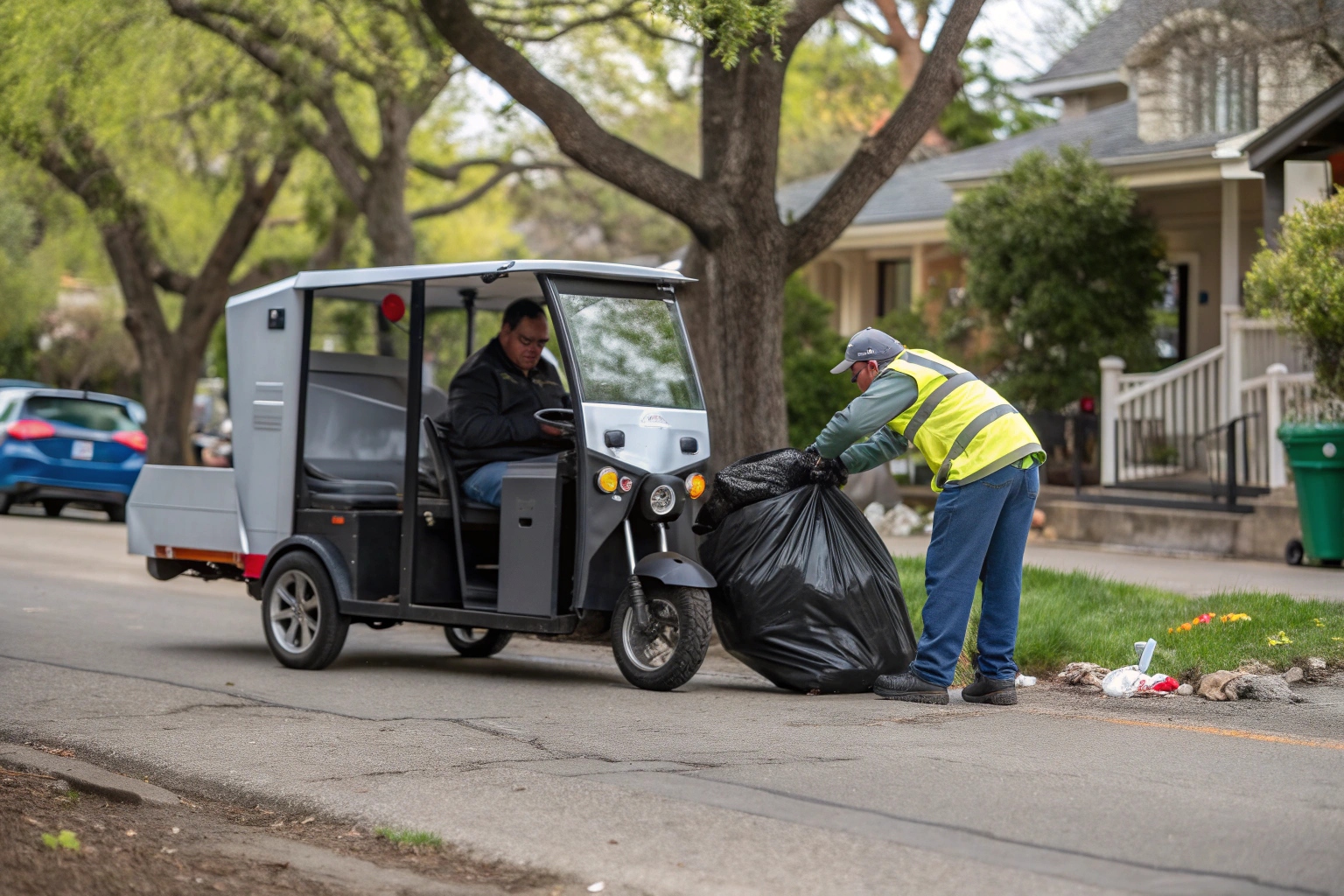
For municipal projects, the budget is everything. Electric garbage trikes are a game-changer for city sanitation departments. The World Bank has reported that projects switching to electric collection vehicles can see savings of up to 60%. Why? Because the daily burn rate is minimal. Unlike a diesel truck that needs expensive fuel and frequent oil changes, the electric trike's costs are predictable and low. This makes them a perfect fit for government tenders and NGO-funded community projects where long-term operational costs are a key decision factor.
- Electricity: The largest daily expense, yet still under $1.
- Tire Wear: Minimal cost, as these vehicles operate at low speeds.
- Basic Servicing: Regular checks on brakes and lights are simple and cheap.
How Much Does It Cost to Operate an Electric Tuk Tuk Taxi Daily?
Taxi operators in your market are interested in switching to electric, but they live on daily profits. They need to see a clear and immediate financial benefit.
An electric tuk-tuk taxi costs $1–$3 per day to operate, compared to $5–$8 or more for a petrol-powered one. The fuel savings alone can be over 70%.
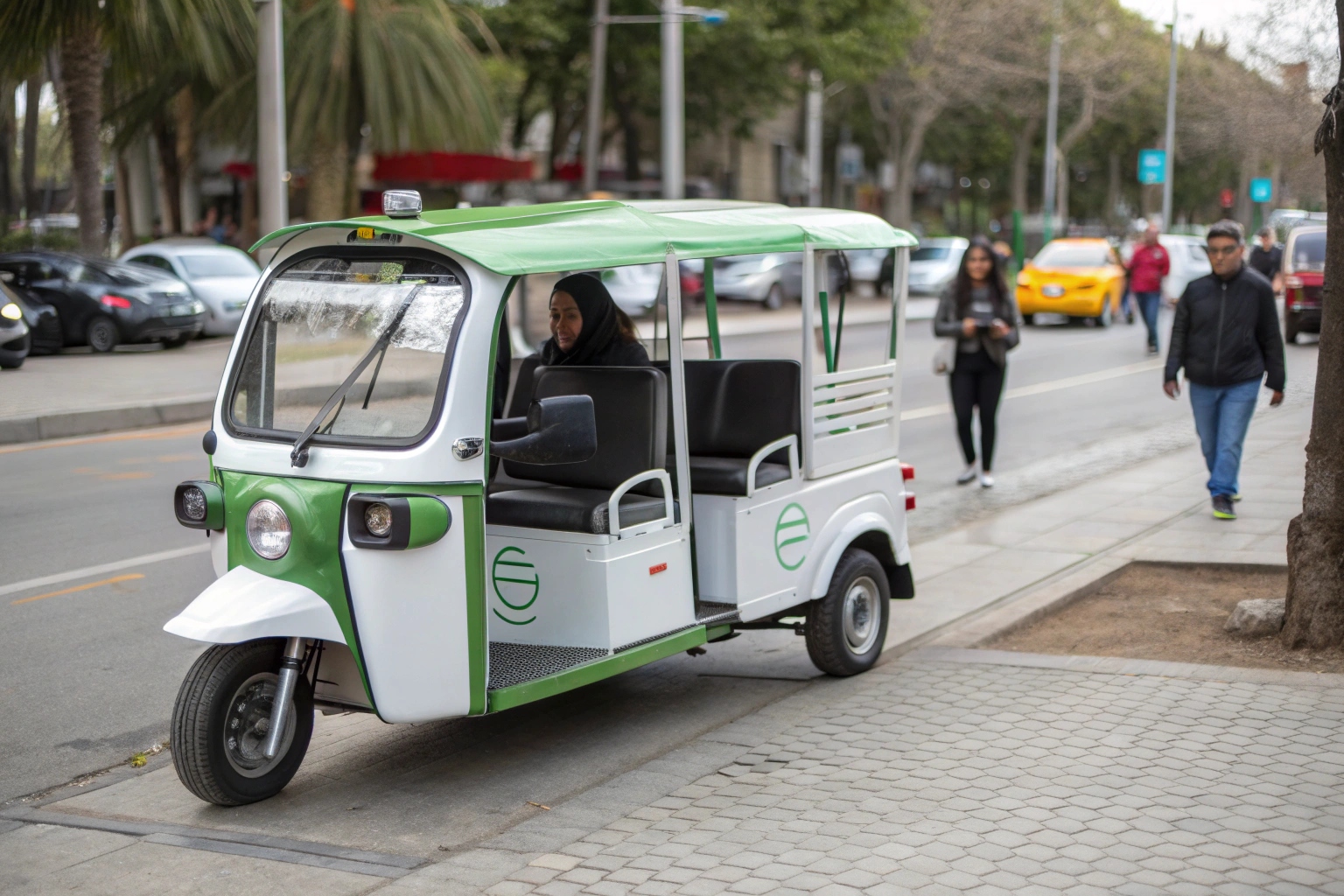
For a taxi driver, daily savings translate directly into more money in their pocket at the end of the day. The Asian Development Bank found that e-tuks can cut fuel costs by 70-80%. But to give the full picture, we must also account for battery replacement. A good lithium battery might cost $1,000 and last three years. If you set aside about $1 per day, the replacement is already paid for when the time comes. Even when you add this "battery provision" to the daily electricity cost, the total is still a fraction of what drivers spend on petrol. The return on investment for fleet owners is often less than 18 months.
| Daily Cost Item | Petrol Tuk-Tuk | توك توك كهربائي |
|---|---|---|
| Fuel / Electricity | $10.00 | $2.50 |
| Battery Provision | $0.00 | $1.00 |
| Total Daily Cost | $6.00 | $2.75 |
What Are the Running Costs of Electric Tuk Trucks for Cargo Transport?
Your logistics clients want to reduce last-mile delivery costs. They need to understand the full financial scope of operating an electric cargo fleet.
An electric cargo tuk truck costs about $2–$4 per day to run, including electricity and provisions for maintenance and depreciation. The higher the mileage, the greater the savings over a diesel van.
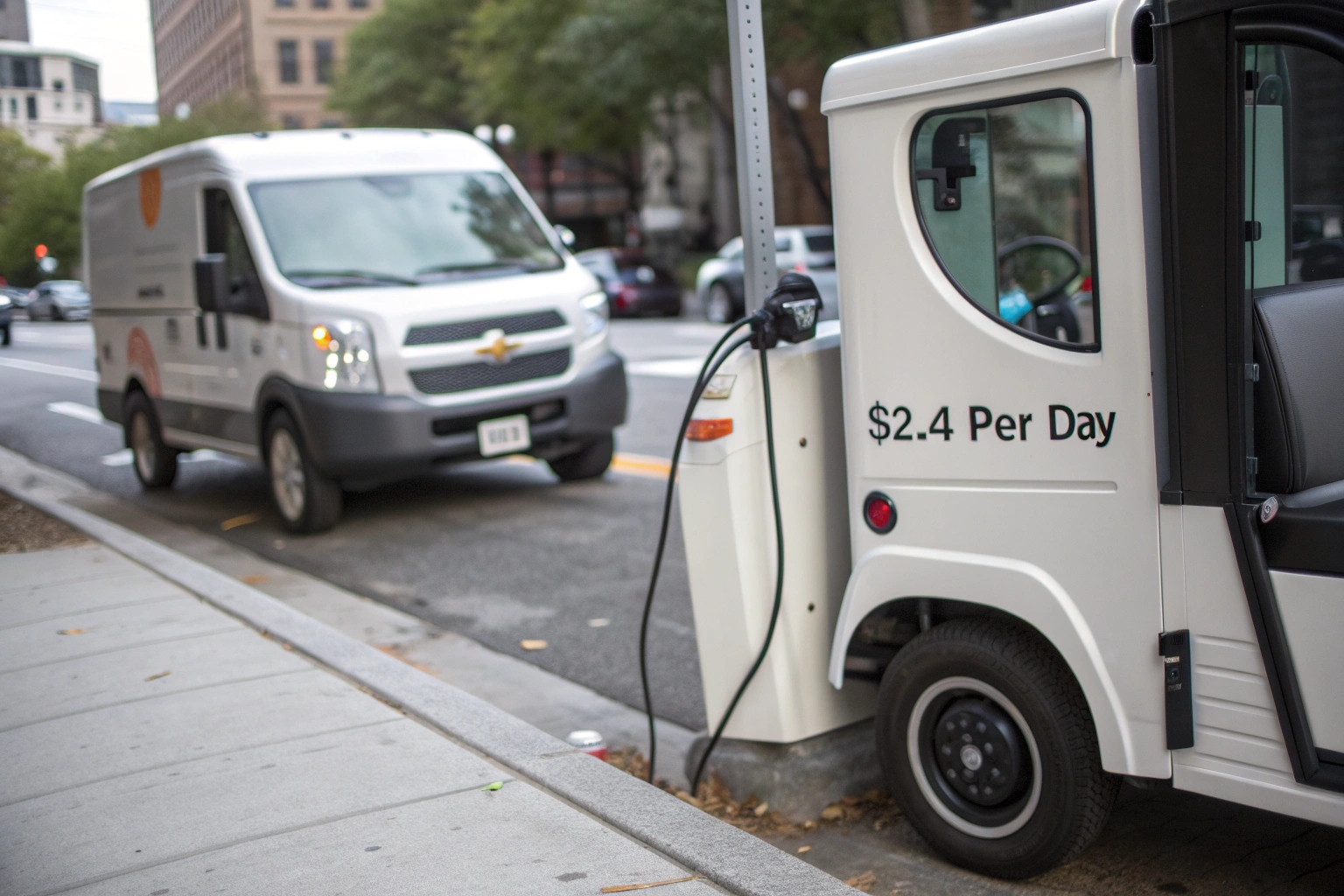
For a logistics business, the most significant "cost" isn't fuel; it's vehicle depreciation. A smart business plans for this. For example, if a vehicle costs $4,000 and you plan to replace it in four years, you should account for roughly $2.75 per day in depreciation. While this isn't a cash expense, it's a real business cost. Even when you combine depreciation with electricity and maintenance, the electric tuk truck is a clear winner. One McKinsey study found that last-mile fleets can save up to $1,500 per vehicle annually.
- Electricity: ~$0.50 - $1.00
- Maintenance (Prorated): ~$0.50
- Depreciation (Provision): ~$2.00 - $3.00
- Bonus: Adding solar panels to the roof can further reduce daily charging costs, especially in sunny climates.
خاتمة
The daily cost of an electric tricycle is far more than just electricity, but even with all costs included, it offers dramatic savings over gasoline, providing a clear path to profitability.

